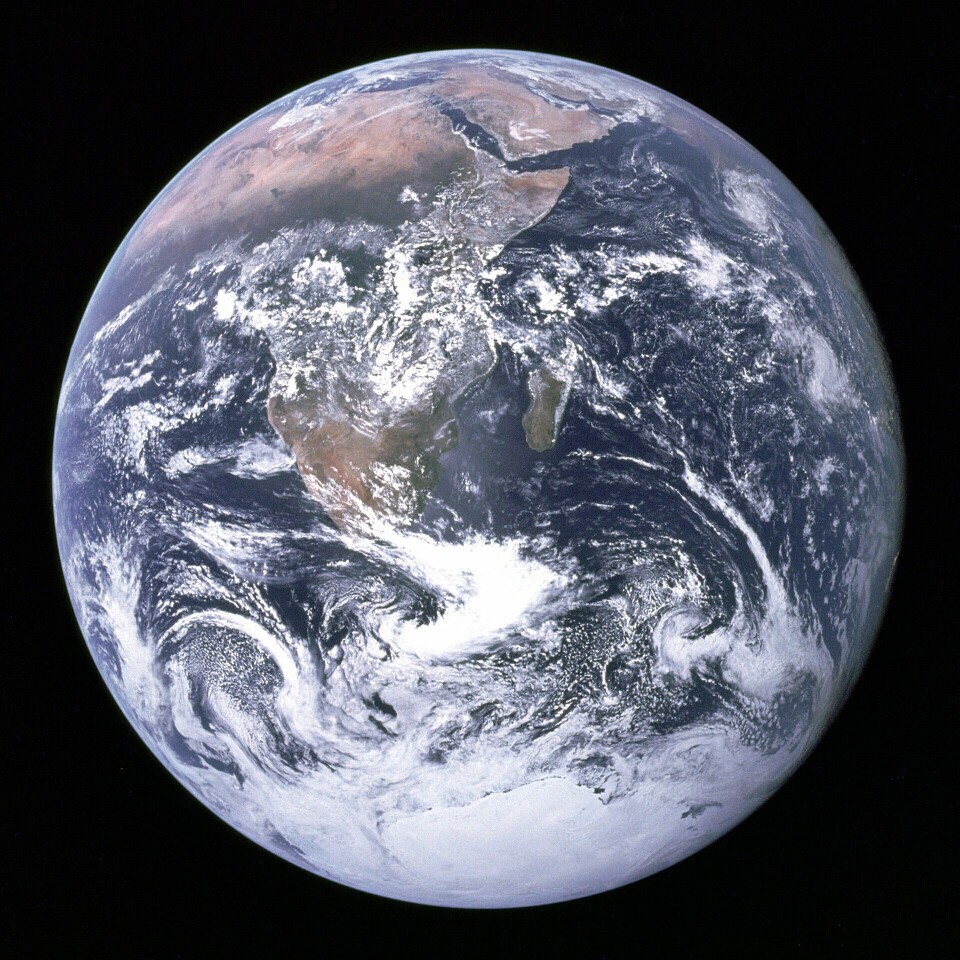
This is Earth's highest mountain – and you have probably never heard of it
There is no point on Earth closer to the stars than this peak.
What is the Earth's highest point? This simple question does not have as obvious an answer as one might think.
Most people assume it is the top of of Mount Everest, known as Chomolungma in Tibetan. Every year, hundreds of tourists attempt to reach the summit of perhaps the world’s most famous mountain.
And the summit is incredibly high. The oxygen level is so low up there that it has significant on the human body, and only a few have managed to reach it without supplemental oxygen.
But why do we call Mount Everest the world's tallest mountain? Many studies and geographical measurements, updated in 2020, have determined that Mount Everest stands 8,848.86 metres above sea level.

Higher than any other mountain above sea level, in other words.
This is how we humans have decided to view mountains and heights on Earth. Sea level is a reference point we have established.
"But it could technically be any layer of the Earth," Haakon Fossen, a professor of geology at the University of Bergen, tells sciencenorway.no.
Most viewed
There are other ways to determine what the highest point on Earth is.
Closest to space
The mountain peak that is closest to outer space is Mount Chimborazo, according to the National Ocean and Atmospheric Administration (NOAA).
This is a massive volcano and officially the tallest mountain in Ecuador, standing 6,263 metres above sea level.
At first glance, it might not seem that impressive compared to Mount Everest. But Mount Chimborazo actually extends more than 2,000 metres above the summit of Mount Everest – if measured from the Earth's core.
Located on a bulge of the Earth
This volcano is situated on the bulge that encircles the Earth along the equator. This is simply called an 'Equatorial Bulge.'

"The fact that Earth isn't perfectly spherical is old news. Isaac Newton theorised this," says Fossen.
Newton was among the first to show that Earth must bulge along the equator, according to Britannica. This bulge is caused in part by the forces generated by Earth's rapid rotation and its own gravity.
Because the volcano in Ecuador sits on this bulge, the summit of the mountain is physically farther from Earth’s core than the summit of Mount Everest.
Where outer space begins is a completely different question, involving both physics and law. You can read more about this on sciencenorway.no.
These measurements are based on a collaboration between NOAA and the National Geodetic Survey (NGS) in the USA. Their network, which includes satellites, conducts highly precise measurements of changes in sea levels and the Earth's crust.
"It's a different way of understanding height. It offers a new perspective on our planet," says Fossen.
There are, however, many ways to define how tall a mountain can be.

Could this be the highest mountain on Earth?
The volcano Mauna Kea in Hawaii can also be described as the highest mountain on Earth – if measured from its base to its summit.
The summit of Mauna Kea rises about 4,200 metres above sea level. However, the mountain extends all the way down to the ocean floor, with a total height exceeding 10,000 metres from base to peak.
"This is a very realistic way to measure a mountain's height. Many would consider this to represent its true height," says Fossen.

But why does it matter which mountain is the tallest?
"From a young age, we're curious to figure out what is tallest, shortest, largest, or smallest. It's something that appeals to the human brain," Fossen believes.
Mount Everest is unlikely to lose its iconic status based on these alternative ways of defining Earth's highest points. However, it may provide some perspective on the tourism surrounding one of the world’s highest mountains.
———
Translated by Alette Bjordal Gjellesvik
Read the Norwegian version of this article on forskning.no

Subscribe to our newsletter
The latest news from Science Norway, sent twice a week and completely free.




































